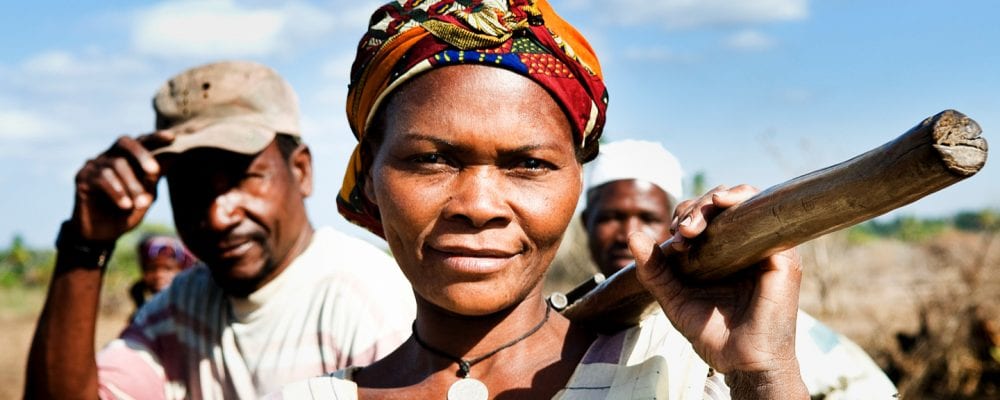
Humanitarian Action Challenge
The Humanitarian Action Challenge aims to stimulate cooperation between business (including start-ups) and NGOs in order to develop innovative technological solutions for peace, justice, and humanitarian action.


The needs of the 815 million hungry people world wide guide the World Food Programme’s work. To understand these needs, WFP collects data on the food security situation of millions of people in some of the poorest and most remote areas. This informs the design of its operations. Hence, it equips its food security analysis unit so it can best address the organization’s information needs, as well as those of other humanitarian decision makers.
Different data collection approaches are used to understand the complex environments in which WFP works. Large-scale face-to-face surveys on the food security situation in a particular country are complemented by other quantitative examination methods, such as overall market monitoring. This results in an enormous volume of both qualitative and quantitative unstructured data and needs comprehensive analysis to inform WFP’s operations.
In addition to this data, a vast amount of external information that is operationally relevant to WFP exists in an unstructured form, such as news reports, social media, reports from NGOs and other UN agencies, internet data, and so on. WFP strives to find new ways of incorporating key information from these sources in its overall analyses, imagining that it will make its operations more efficient and effective, ultimately saving lives and livelihoods.
How can WFP make better use of the vast amount of unstructured data to understand the needs of hungry people in the world?
How can WFP integrate new tools to improve the way it processes and collects data, thereby allowing it to better listen to the voices of the millions of people living in vulnerable communities to inform its operations?
WFP has started using innovative technologies and approaches, such as remote sensing and chatbots to collect food security data, to complement its existing food security data collection methods. The next step is in uncovering those ‘needle-in-the-haystack’ pieces of information that are not found in structured survey responses, but rather in the narratives people tell. WFP looks towards technological innovations in the area of data processing in its effort to ensure that affected people’s voices and perspectives are being heard and incorporated in the solutions it offers.
For example: Is it possible to use Natural Language Processing (NLP) and voice recognition tools to tag and process how people describe their food security situation in their own words? What are other approaches or tools that can complement its existing systems? This would allow WFP to generate relevant insights through various new communication channels, including social media.

The Humanitarian Action Challenge aims to stimulate cooperation between business (including start-ups) and NGOs in order to develop innovative technological solutions for peace, justice, and humanitarian action.

The Dutch Coalition for Humanitarian Innovation (DCHI) challenges you to collaborate on empowering those affected by humanitarian crisis in the design of innovative solutions by using data and digitalization.

The International Organization for Migration (IOM) challenges you to collaborate on optimizing humanitarian analytical outputs for the design and planning of development initiatives